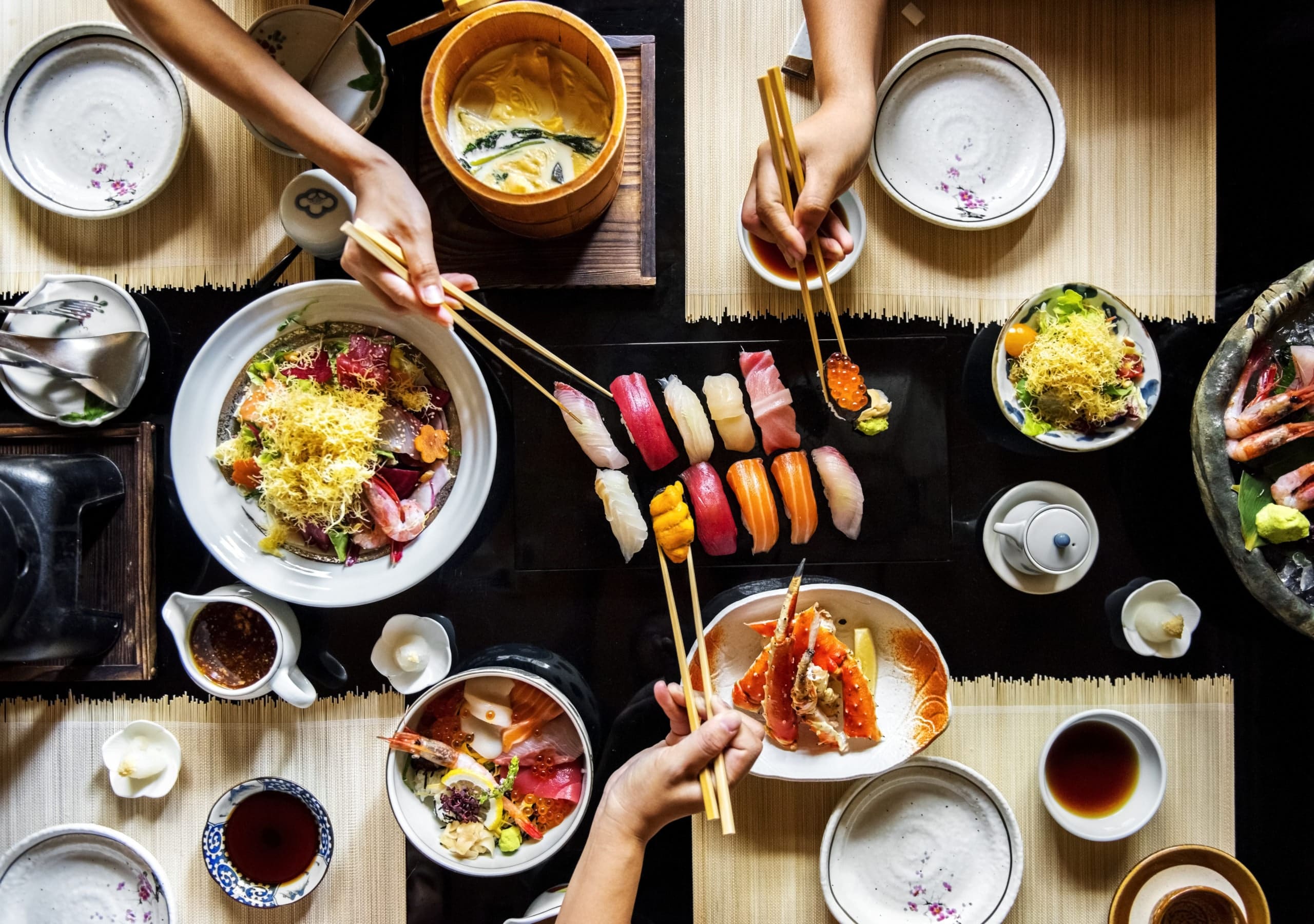
In my last column, I wrote about the value of predicting trends, even if you get it wrong occasionally. True to that spirit, let me lay out what I believe to be some upcoming cuisine trends, with a special focus on Europe.
Let’s get what should by now be the obvious trend out of the way: plant-based diets have been gaining popularity in recent years, and this is expected to continue. This includes not only vegetarian and vegan dishes, but also more vegetable-forward menus in general. It should also include a widespread availability of meat-based dishes using meat-replacements instead of meat. No more pumpkin quiches or spinach lasagnas for vegetarians in restaurants that are actually known for their meat dishes.
In many European countries, immigration-based demographic changes will become more and more noticeable in the coming years. It will change the hospitality landscape, too. Middle Eastern cuisine has been growing in popularity in Europe in recent years, and this trend is expected to continue. This is not only reflected in the growing amount of Middle Eastern restaurants, but also in the rapid adoption of Middle Eastern dishes and ingredients of restaurants that most would not classify as Middle Eastern. Other cuisines, such as Eritrean and Ukrainian, are sure to follow.
The rise in ‘borrowed’ cuisine
Whereas some national cuisines will become more prominent due to immigration, others will be borrowed, so to say. One example of this is Japanese food. If you pay attention to industry thought leaders, then I will not be the first one to tell you this: Recently established trade deals, the historically low costs of trips to Japan, as well as the more widespread acceptance of Asian food, will lead to a surge of Japanese food in the West, way beyond all-you-can-eat sushi and ramen. Izakayas (Japanese pubs) and kaiseki (multi-course Japanese dinners) will become more common, and ingredients such as miso and matcha will be used more and more by all types of kitchens.
South Korean food too will become more widely available, due to its country’s ever-growing pop-culture influence. Other Asian cuisines will profit from this too.
This leads me to my last point. Lately, there has been a shift in ‘ethnic cuisine, such as the ones outlined above, as well as many others, from more “adapted” versions to more ‘authentic’ versions. I have extensively written about this shift, as well as the pitfalls associated with the concept of authenticity, before. I believe that this trend will continue. It is inevitable. However, I also increasingly believe that the reverse is true, too.
A return to old favorites?
A few weeks ago, my friends and I were discussing the different Italian restaurants in our town, when I suddenly found myself wistfully talking about a restaurant that was once one of many Italian restaurants opened by the wave of post-war Italian immigrants, but is soon to be the last one of its kind. You know which restaurants I mean: kitschy murals and/or paintings of the motherland, Eros Ramazzotti coming out of the speakers, and heavily adapted (and surprisingly often cream-based) dishes that are usually not more than mediocre (though, to be fair, even mediocre Italian food still stands out in many small-ish towns). Those restaurants, once the standard, are steadily disappearing, due to the shift I mentioned above, a shift which was and is welcomed by many, including myself.
The same, by the way, can be observed in the landscape of Chinese restaurants. So why do I suddenly catch myself being wistful, feeling like I should visit that restaurant and eat a creamy carbonara sometime soon? The answer is, of course, nostalgia.
In a world that is seemingly becoming increasingly volatile, nostalgia has become a powerful source of comfort, a development that is especially visible in pop-culture. I do not just want to go back to that restaurant. Not really. I want to go back to the feeling of being a kid in the 1990s. The restaurant is just a convenient way to achieve something close to that.
I therefore believe that nostalgia will increasingly become a force in hospitality, too. In other words: those restaurants are coming back. Some of them will be like you remember them, flaws and all, but others will also find a way to combine that nostalgia and adaptability with style and truly great cooking.
Marius Zürcher
About the author:
The co-owner & founder of start-up 1520 in Apeldoorn, Netherlands, Marius Zürcher was a participant at FCSI’s ‘Millennials’ focused roundtable at INTERGASTRA 2018.
